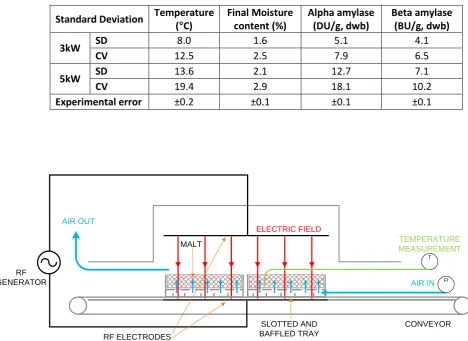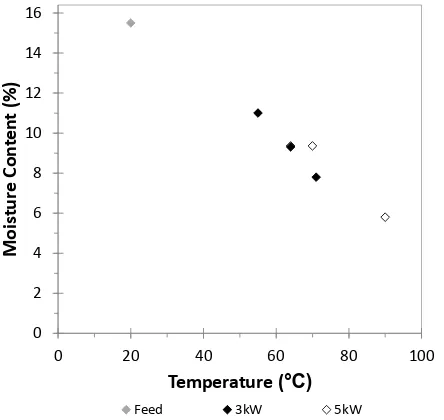Electromagnetic heating for industrial kilning of malt: a feasibility study
Full text
Figure




Related documents
Adipose-derived mesenchymal stem cells treated with resveratrol increased levels and activity of certain osteogenic markers such as osteoprotegerin, osteocalcin,
Study Goals · Proficiency in urban development research for project preparation.Keywords: functional analysis of settlement patterns; insight into and skills in collecting,
Kao element razvoja konkurentske sposobnosti preduzeća za primenu savremenih metoda i tehnika menadţmenta opredelilo se njih 34 (9%). Sliĉno prethodnim
Ring-fenced public health budget: £2.7bn Clinical commissioning groups NHS England area teams Armed Forces health services Services for people with learning
Expiration dates – you can find your current expiration date on your CR and in your original study workspace.. For
In Section 4 we review some properties of the numerical algorithm of Feng (2009) pertaining existence of Markov equilibria, convergence of the algorithm to a fi
Monitoring for this activity will be through the DATA Q’s reports. A breakdown of these challenges is as follows: 117 crash challenges, 205 inspection challenges, and 12 inspection
__create_plot( self , unique_genes, links, file = 'panda.png' )1.


